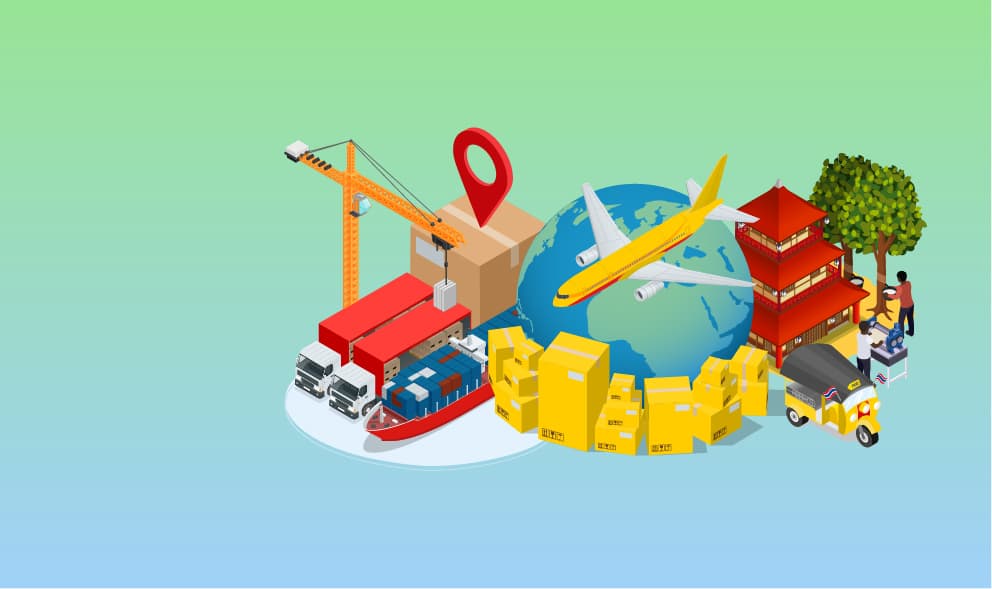By staying informed about economic trends, SMEs can better anticipate challenges and seize opportunities. This understanding empowers them to develop proactive strategies and make informed business decisions.
In understanding complex economic challenges and their practical implications for SMEs, it is important to demystify and be clear about economic jargon and analyze how these factors affect your business, so you can be better equipped with actionable strategies to ensure your long-term business success.
Before we dive in, here are some economic stats to have in mind: the South African economy was projected to grow marginally, by 0.2% in 2023 and, it did. Now, in 2024 the projection is 1.5%, supported by growth in trade, tourism, mining, and manufacturing.
However, subject to evolving global dynamics, inflation in South Africa will decline further to 4.5% in 2024 (from 5.9% in 2023), on account of reduced fuel and food prices.
Decoding Inflation, Interest Rates, and Other Economic Jargon for SMEs
It can sometimes be a hurdle trying to make sense of certain key economic terms when seen in the news. However, you can demystify economic jargon and analyse how these factors impact your business. Let's break down some key terms:
Inflation: Imagine inflation as a balloon inflating – the value of your money decreases as prices rise. In order words, inflation is the rate at which prices of goods and services rise over time. In South Africa, inflation is measured by the Consumer Price Index (CPI). When inflation is high, the purchasing power of the Rand weakens. For example, if a loaf of bread cost R5 last year and inflation is 7%, you can expect to pay roughly R5.35 for the same loaf this year. This means R100 today might buy less, a year from now. For SMEs, inflation can squeeze profit margins as the cost of raw materials, supplies, and even rent increases. On the other hand, if inflation outpaces wage growth, consumers may have less disposable income, potentially leading to a decline in demand for your products or services.
Interest Rates: The South African Reserve Bank (SARB) uses the repo rate, a benchmark interest rate (which is, the rate at which it lends money to commercial banks), to influence inflation and economic growth. When the repo rate goes up, borrowing money becomes more expensive. This can deter SMEs from taking out loans for expansion or investment, hindering growth. Conversely, lower interest rates make borrowing cheaper, potentially stimulating investment and growth.
Other Economic Factors: While inflation and interest rates are crucial, other factors also influence SMEs. Here are a few to consider:
Exchange Rate: A weaker Rand makes imported supplies costlier, impacting production costs.
Economic Growth: A thriving economy generally translates to higher consumer spending, benefiting SMEs.
Global Events: International trade tensions or political instability can disrupt supply chains and impact import/export costs.
Staying informed about these factors allows you to anticipate potential challenges and make informed business decisions.
























